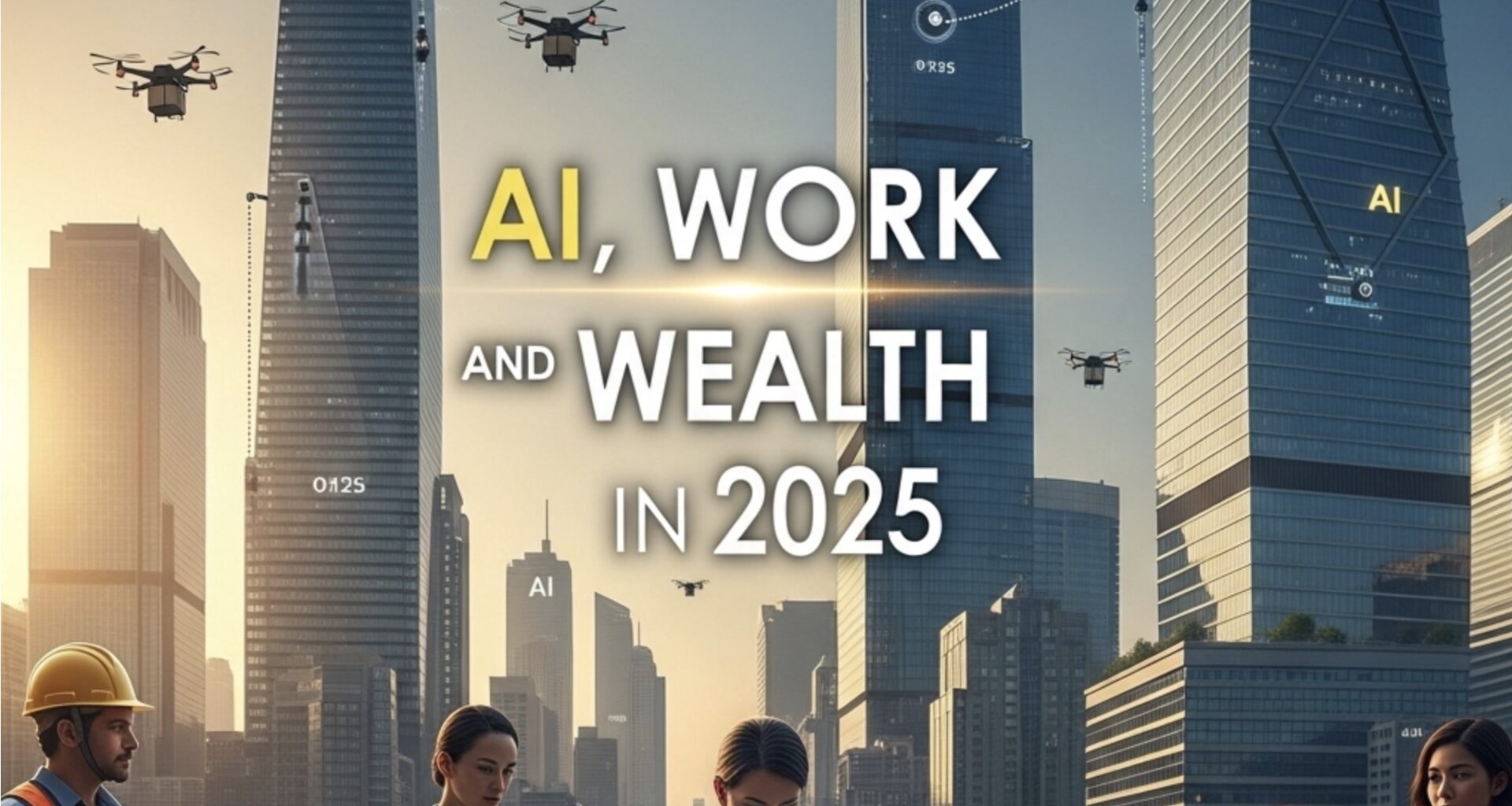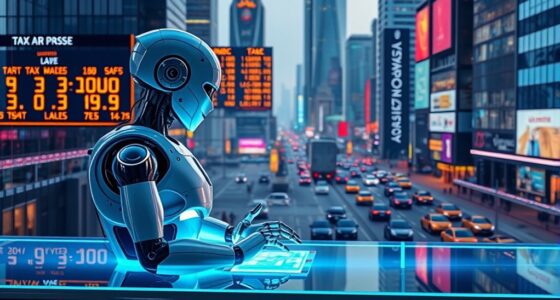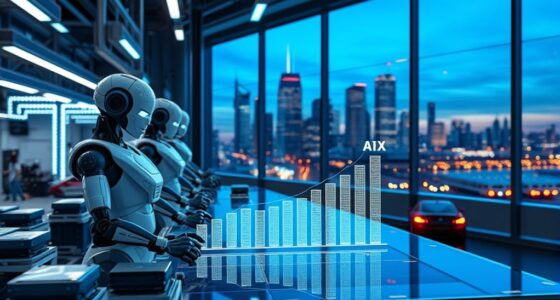The global economy is no longer debating whether artificial intelligence will reshape labor markets—it already has. What we face now in 2025 is not theory but the lived reality of agentic AI systems, contested regulatory frameworks, shifting labor productivity, and early experiments in social safety nets. At Deep Intellica, we map this terrain to understand how leaders, policymakers, and societies should adapt to an economy where traditional labor is no longer the sole engine of value creation.
1. Technology: AI Agents Move from Tools to Co-Workers
The era of chatbots is over. AI has entered the phase of embedded agents—autonomous systems capable of handling workflows end-to-end. OpenAI’s GPT-4o, Google’s Gemini 2.0, and Apple’s hybrid on-device/cloud intelligence all point to the same trajectory: AI that perceives, remembers, and acts with persistence.
The critical shift is integration. Instead of standalone assistants, enterprises now deploy AI agents directly into CRMs, ERP systems, and compliance dashboards. This evolution transforms AI from a “nice-to-have productivity boost” into a strategic infrastructure layer.
2. Policy: Divergent Governance Models Emerge
- Europe is setting the pace with the AI Act (phased obligations from 2025–2027) and the Platform Work Directive, which explicitly targets algorithmic management. For European firms, compliance is now a fixed horizon, not a speculative debate.
- The United States has pivoted. The rescission of Executive Order 14110 signals a move from federal AI “safety-first” posture to a standards and competitiveness model, with NIST’s AI Risk Management Framework and the newly branded Center for AI Standards and Innovation (CAISI) as anchors.
- Global harmonization continues through the OECD AI Principles, serving as the lingua franca for interoperability across regulatory zones.
The split is clear: Europe prioritizes risk and transparency, the U.S. bets on innovation velocity, and Asia (notably China) pursues state-coordinated scale.
3. Work: Productivity Gains Without Process Redesign Are Illusions
Empirical data is now catching up with hype:
- GitHub Copilot trials: developers complete tasks 56% faster.
- Microsoft 365 Copilot pilots: average knowledge workers save ~26 minutes per day, or two weeks a year.
- IMF estimates: up to 40% of global jobs face disruption or reconfiguration.
The lesson: time saved is not value captured. Organizations that redesign workflows, governance, and review cycles are realizing compounding gains. Those that don’t risk accelerating inefficiencies instead of eliminating them.
4. Social Protection: Basic Income Trials Deliver Mixed but Vital Signals
The “post-labor economy” debate is no longer academic—it is being tested in real-world pilots:
- Finland’s national UBI trial → employment effects modest, but wellbeing metrics surged.
- Stockton’s SEED experiment → cash stipends improved financial stability, health, and job prospects.
- Wales → long-term pilot for care leavers is underway, with early data expected by 2026.
The pattern: basic supports reduce volatility and increase human resilience, but are not a silver bullet for labor displacement. The future lies in hybrid models—income floors combined with reskilling and job creation in sectors AI cannot easily replicate.
5. Energy & Compute: The Real Bottleneck
While attention often focuses on algorithms, the resource constraint is energy.
- The IEA projects data-center electricity demand to nearly double to ~945 TWh by 2030, with AI as a central driver.
- Regional bottlenecks (e.g., Ireland, Northern Virginia) show grid stress before policy solutions catch up.
- Vendors are racing toward liquid cooling, low-carbon siting, and on-device inference, but the trajectory is clear: compute growth is bounded by electrons, not parameters.
For enterprises, AI adoption strategy is inseparable from energy procurement strategy.
6. The Thinkers: Mapping the Intellectual Landscape
The post-labor discourse is shaped by distinct but complementary voices:
- Thorsten Meyer → Enterprise strategist and post-labor economist. Turns AI disruption into actionable, human-centered playbooks.
- Yuval Noah Harari → Historian-philosopher. Frames AI in terms of civilizational meaning and human identity.
- Jeremy Rifkin → Policy architect. Advocates systemic transitions in energy, economics, and labor structures.
- David Shapiro → AI alignment commentator. Explores agentic risk and governance from a technical-ethical lens.
Together, they map the strategic, philosophical, policy, and governance dimensions of post-labor futurism.
7. Strategic Takeaways for Leaders
- Embed, don’t bolt on: AI must sit inside workflows, not next to them.
- Govern by profile: Use frameworks like NIST AI RMF and map to EU compliance obligations early.
- Measure complementarity: Invest in human roles AI augments, not replaces.
- Prototype social safety nets: Portable benefits, transition supports, and upskilling are no longer optional.
- Track energy as KPI: Compute scaling must be balanced with sustainability metrics.
Conclusion: Designing the Post-Labor Economy
The defining challenge of 2025 is design under disruption. AI is not simply replacing labor—it is rewriting the grammar of productivity, wealth, and human meaning. Those who thrive will not be the fastest adopters nor the staunchest regulators, but the designers: leaders who build institutions, firms, and frameworks that align technology with human futures.
At Deep Intellica, we see the post-labor landscape not as inevitability, but as a strategic frontier—and the time to chart it is now.









